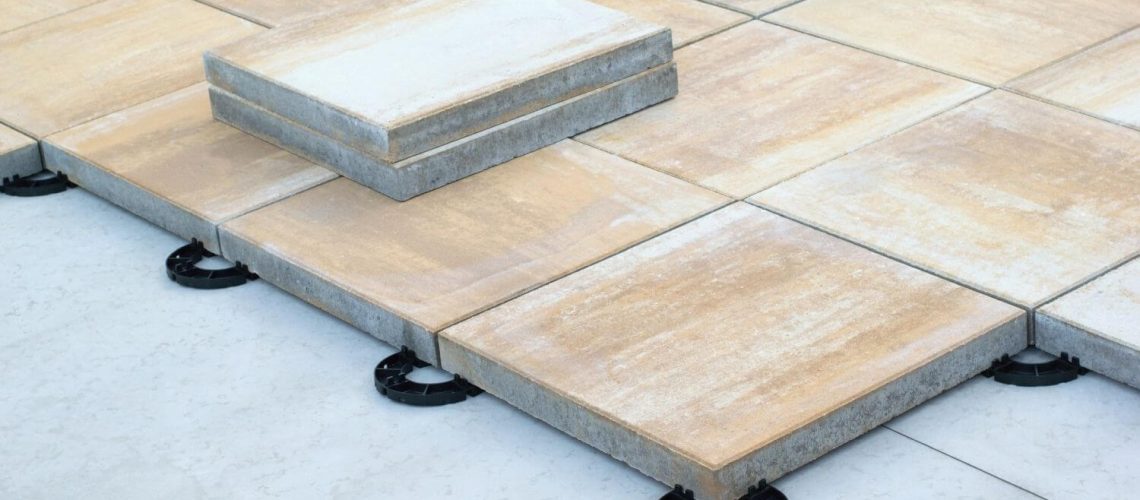Depending on how you look at it or what your needs are, installing pavers over concrete is either a good option or a cardinal sin. Some builders prefer not to install over concrete at all while others can justify it based on common constraints such as time or money.
What you should know about Outdoor Products and Installing Pavers
Whether you decide on pavers over concrete as a viable solution for your property there are some things you might need to be aware of first.
Like anything in life, there are arguments for or against pretty much anything and hardscaping is no exception. Whatever you decide to choose, make sure you are informed first before making any decisions that could cost you financially.
Concrete
Concrete is a tried and tested method of filling in cavities, making flagstones, or smoothing out driveways and patios. The use of concrete dates back to the Roman Empire who practically invented modern concrete techniques and because of its widespread use in construction has led to sand being one of the most traded commodities in the world.
However, concrete is very dry and solid which makes it very unmalleable and prone to cracking. Once cracked, concrete can be expensive to repair but it is easy to completely remove.
Pavers
Pavers on the other hand are set on a soft base and are designed to move with the earth as it contracts and expands. Because of this, pavers, if looked after properly should never crack and will last a lifetime.
On top of that, pavers come in all shapes, sizes, and colors which is vital when designing the aesthetics of a home. Concrete is pretty much always grey but can be colored with some expensive techniques.
When laying down pavers they are individually placed, usually over a deep bed of compressed gravel with sand bedding on top. Because a paved area is formed from smaller pieces rather than one large clump, any defects or damage can easily be replaced.
Concrete, on the other hand, is poured directly into a cavity and left to set. While there’s nothing wrong with concrete patios or driveways, it is a quick and easy option, and because of this, many people already have a concrete area that they want to replace with pavers.
Installing pavers over concrete outdoor living
This is where the confusion comes in. Some contractors might simply lay pavers on top of concrete without removing it first. This can stop the pavers from naturally moving with the earth and cause issues later on.
Pavers are also better for drainage since the sand bedding will absorb excess water from rain and cleaning but this is prevented if concrete is placed directly underneath. However, sand can become loose over time and rise to the surface of the pavers through the gaps in between.
One reason many people choose pavers over concrete because they can play a big part in raising the curb appeal of a home which is a great investment when looking to sell. They can also be installed to match the style of any property whereas concrete only comes in one color.
The best option is usually to completely remove the old concrete and start again using the traditional gravel, sand, and paver design technique and while this can be initially expensive, it will likely save money in the long-run due to the durable nature of the method.

